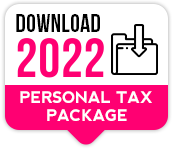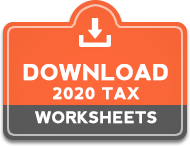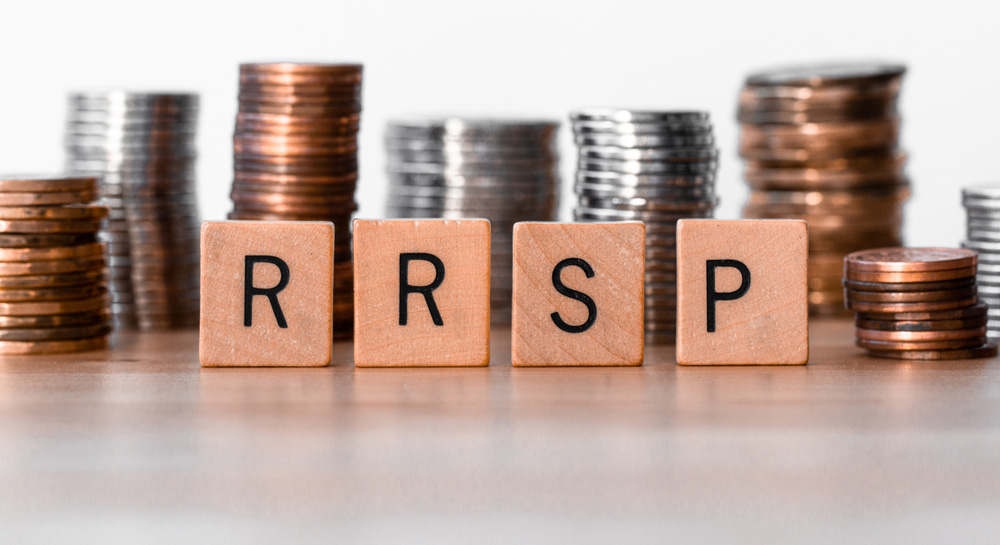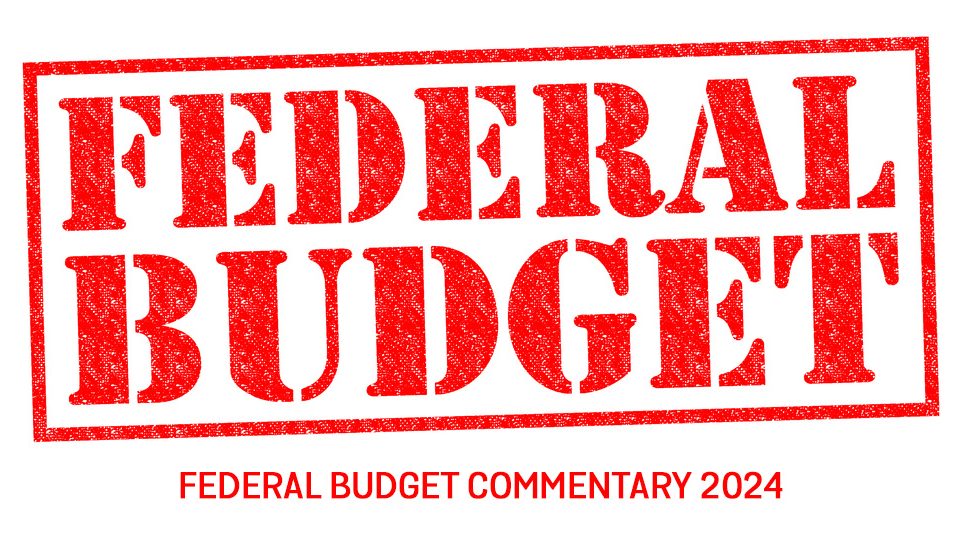
A single act of courage is needed to fix Canada’s tax system, but this government won’t do it
April 15, 2024
Top ways to put your tax refund to work for you
April 15, 2024Sign up for the Globe Advisor weekly newsletter for professional financial advisors on our sign-up page. Get exclusive investment industry news and insights, the week’s top headlines, and what you and your clients need to know. For more from Globe Advisor, visit our homepage.
The Canada Revenue Agency (CRA) is monitoring the contents of registered plans such as tax-free savings accounts (TFSAs), registered retirement savings plans (RRSPs) and registered retirement income funds (RRIFs) more closely. The tax agency began by targeting day trading and aggressive tax planning in TFSAs and, starting with the 2023 taxation year, it has brought RRSPs and RRIFs in line with TFSAs with a new requirement that financial institutions report the year-end fair market value of the property contained in these plans.
With tax season in full swing, experts are interested to see what the CRA does with the new information.
The 2022 federal budget, which announced the fair market value reporting requirement for RRSPs and RRIFs, said the information “would assist the Canada Revenue Agency in its risk-assessment activities regarding qualified investments held by RRSPs and RRIFs.”
Wilmot George, vice-president and head of tax, retirement and estate planning at CI Global Asset Management in Toronto, says the most important words there are “qualified investments,” suggesting the CRA wants to ensure people are using RRSPs and RRIFs as intended. In the coming years, as the CRA collects fair market values annually, he says, large increases or volatility may prompt the tax agency to do more investigating.
Prohibited investments for TFSAs, RRSPs and RRIFs – as well as registered education savings plans (RESPs), registered disability savings plans (RDSPs) and tax-free first home savings accounts (FHSAs) – are subject to a 50 per cent tax on the investment’s value (refundable in some cases) and a 100 per cent tax on income or capital gains. Such investments include a debt of the plan’s controlling individual; a debt, a share of or an interest in a closely held corporation, trust or partnership; an interest in or right to acquire any of the above; and certain prescribed property and excluded property.
They’re best avoided within TFSAs, RRSPs and RRIFs. While there’s been no indication to date the CRA is looking to expand reporting requirements for RESPs, RDSPs and FHSAs, Mr. George says the tax agency could take action if it suspects “potential abuse.”
Strategic use of audit resources
What’s driving this increased scrutiny of registered plans?
Debbie Pearl-Weinberg, executive director of tax and estate planning with CIBC Private Wealth in Toronto, says the CRA is using a risk-based approach to allocating audit resources.
Instead of haphazardly encountering registered plans they want to investigate or uncovering them during the course of an audit of the annuitant, the new RRSP and RRIF reporting requirements will enable the CRA to detect “high-value” (as yet undefined by CRA) RRSPs and RRIFs systematically through a mechanism that has been in place for TFSAs since their launch in 2009.
Some audit activity will likely shift toward RRSPs and RRIFs as the CRA analyzes the reported information, though the emphasis may be different, she says. For example, TFSAs have been scrutinized for day trading because earnings within a TFSA are taxable when earned by carrying on a securities trading business. However, RRSPs and RRIFs must be both carrying on a business and using non-qualified investments for earnings to be subject to taxation, Ms. Pearl-Weinberg says.
Identifying high-value RRSPs and RRIFs based on year-end fair market value could open the door to further investigation. For example, she says beyond seeking to identify non-qualified investments in RRSPs and RRIFs, the CRA may start examining other aspects, such as the fair market value of in-kind withdrawals and contributions.
Ms. Pearl-Weinberg stresses advisers should steer clear of risky tax avoidance schemes involving registered plans, such as “TFSA maximizer strategies” and “registered plan strips” – both of which the CRA has warned about.
Reviewing qualified investments
There is also the potential for qualified investments to drift offside, Ms. Ewing says – for example, if an investor ends up holding too high an interest in an investment such as a private corporation. So, it’s important to review the contents of registered plans regularly.
Mr. George notes that only a small subset of clients are likely to be affected by the CRA’s increased scrutiny of registered plans. “Most Canadians who use registered plans have no interest in acquiring prohibited investments within their plans, so I think, by and large, most Canadians don’t have much to worry about.”
Those who like to dabble in less commonly held investments would be wise to make sure they haven’t stumbled into prohibited investments. Mr. George says advisers should explain to clients that the CRA is closing tax loopholes and trying to prevent abusive tax planning strategies, and the collection of additional information is part of that process.
Still, he says, “Just because you get audited doesn’t mean you’ve done anything wrong. If everything’s above board, you’re fine. There’s no issue. They close the books and move on.”
Post Credit: The Globe and Mail
(https://www.theglobeandmail.com/investing/globe-advisor/advisor-news/article-what-to-know-as-rrsp-reporting-measure-takes-effect/)







